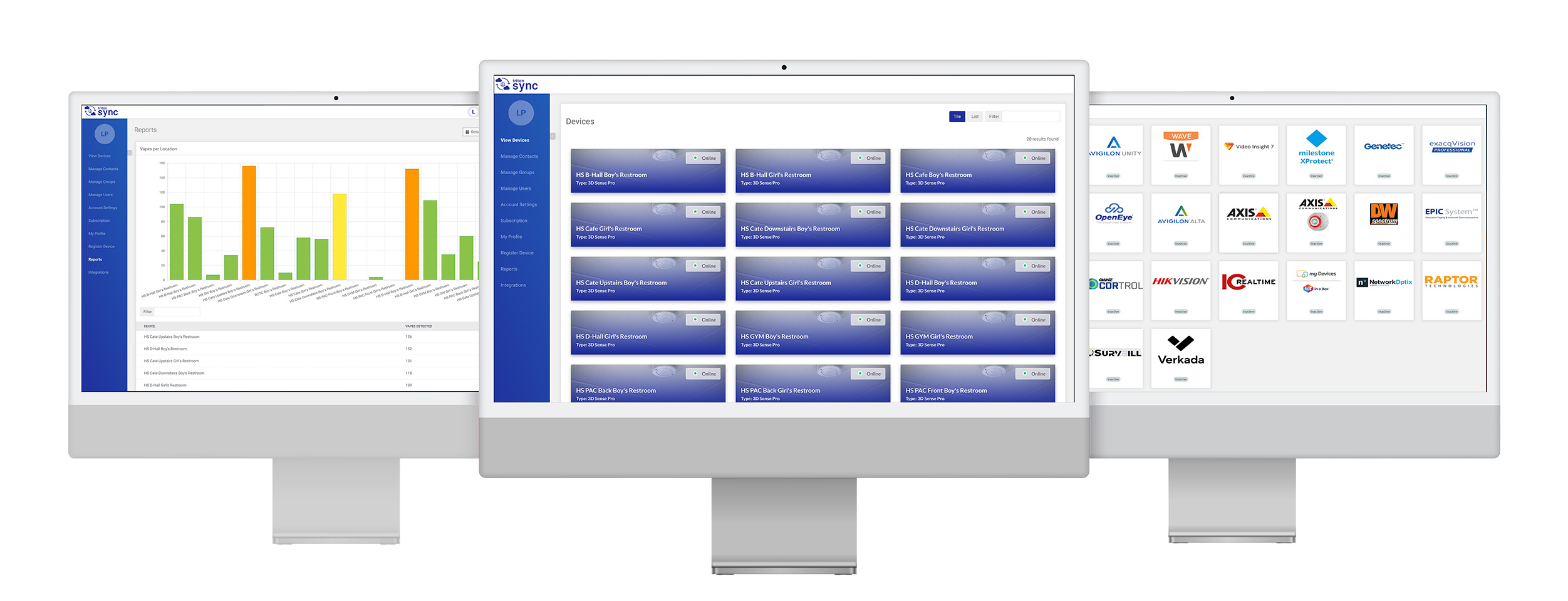Vaping in schools was unstoppable just a few days back. Students would sneak into the bathroom where THC and flavored nicotine vapors could not be detected. Administrators and teachers felt helpless until districts began to turn to an alternative method of protection which was the vape detector.
Today, schools all over the country are reporting major success stories that show how technology can change the vaping epidemic.
A Case Study: Cutting Vaping by 83% in 10 Weeks
Luling Independent School District experienced an extremely serious issue with smoking. Students continued to smoke even regardless of numerous warnings and a stricter rules. Traditional smoke alarms were useless against vapors, and the staff were unable to be everywhere at one time.

As a test, the district installed vape detectors on schools in March. The results were astounding. Within just five weeks, vaping incidents had decreased noticeably. Within ten weeks, the vaping rate had plummeted by 83%.
The effectiveness of the program did not stop at numbers. Teachers reported less disruptions and students realized that smoking vapes will not go unnoticed.
Similar Achievements at Match Charter Schools
Another example of this is from Match Charter Schools, which had a difficult time with high school and middle school vaping. They deployed a set vape smoke alarms in August and immediately saw improvements.
In December, less than 4 months following the first report, administrators notified of an 20% decrease in vaping incidents. Parents were pleased with the school’s specific measures to protect their children, while teachers noticed a reduction in loitering in the hallways as well in bathroom crowding.
Both districts are part of a trend that is growing. Schools that adopt vape detection have seen significant improvement in behavior as well as safety.
What are the factors that make vape detectors successful?
The technology behind these results is what makes them possible. Modern vape detectors don’t only detect vapor, they also track the quality of air, monitor occupancy, and even send notifications in real time to employees. This means that administrators don’t need to rely on guesswork and after-the fact reports.
Detectors are also made with privacy in mind. No cameras. No audio recording. Only precise, instant data that aids schools in implementing swift actions without compromising student rights.
The combination of efficiency, compliance and affordability makes vape detectors the most reliable safety tool that schools could apply today.
The Safety Net Goes Beyond Vaping
Many administrators recognize that vaping detectors go far beyond prevention. Advanced systems detect loud sounds as well as keywords associated with emergencies. They can even identify vandalism.
For instance, if a group begins to loiter in a bathroom the detector will alert you to an unusual number of people. Staff will be alerted immediately by a student who shouts an emotional word such as “help”. In this manner, school vape detectors become part of a wider security plan that addresses the potential for health risks as well as violence.
Parents and Boards Help Support Vape Detectors
Transparency is one of the benefits that’s often left unnoticed. The use of detectors by schools is able to produce reports that reveal clearly the patterns of smoking. These reports are distributed to school boards, parents and community members, providing evidence that tangible steps are being implemented.
Parents in particular respond positively to the tangible results. A vape smoke detector isn’t just catching students it’s protecting their health and reinforcing the message that vaping has no place in schools.
The Recommendation: A Tested Path to Success
In the past, smoking cigarettes seemed as if it was a war in the shadows that schools couldn’t be victorious in. However, case studies carried out in schools across the country prove that this isn’t true. Administrators can identify dangers and stop risky behaviors in real-time using a vape detector. This helps create an environment that is safer for students.
The vaping problem is far from being resolved but the tide is changing. Vape detection isn’t just a response to a problem, it’s a way for schools to set the standard for making their schools a healthier place for their students.
Conclusion
From Texas from Texas to Massachusetts, schools are proving that technology can be effective. Modern vape detectors do much more than simply sound an alarm. They can alter behaviour and build trust, as well as providing a long-lasting solution to today’s biggest student health challenge. In any school district that cares about safety, vape detectors for schools are no longer a novelty they’re the standard.